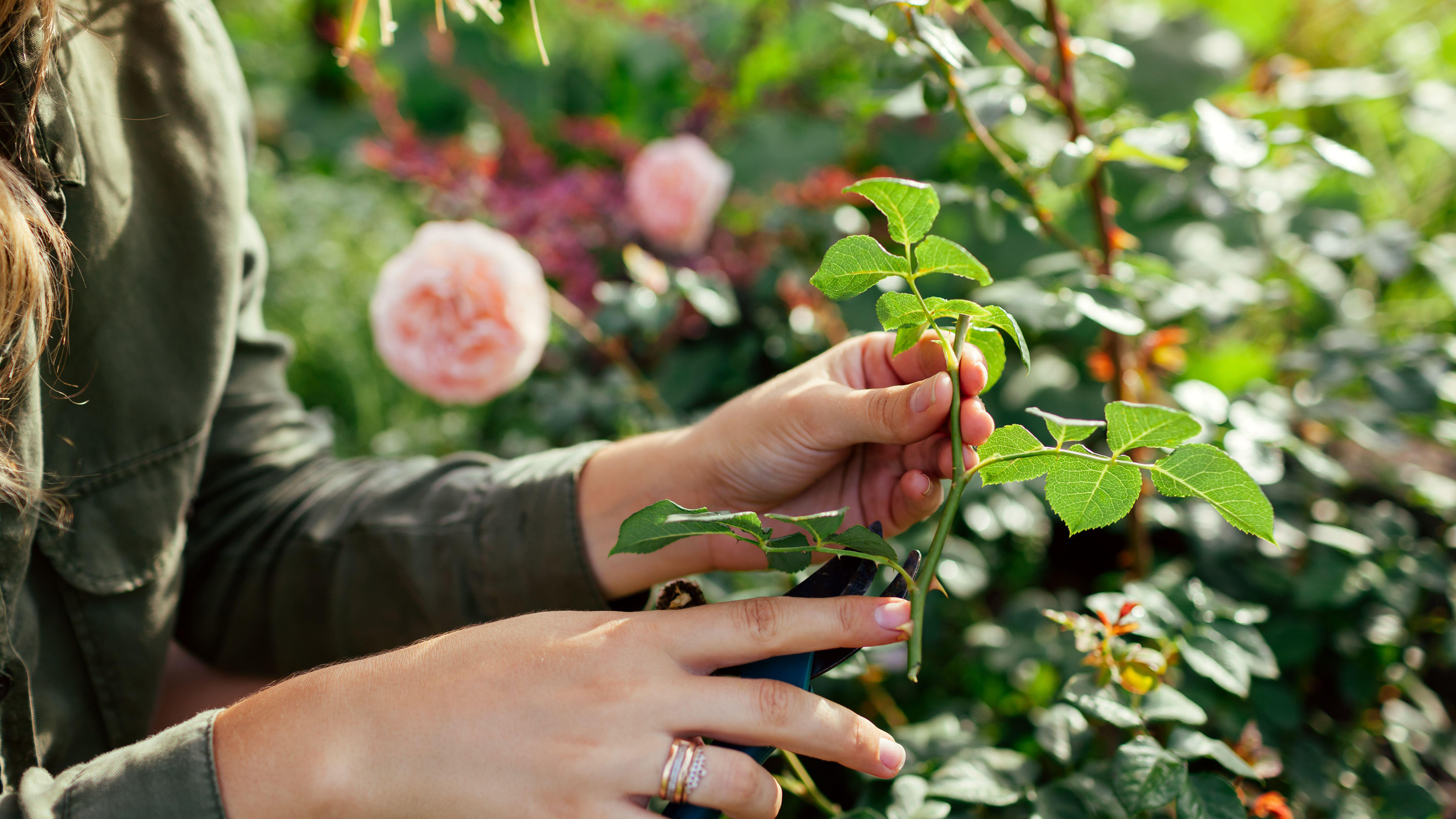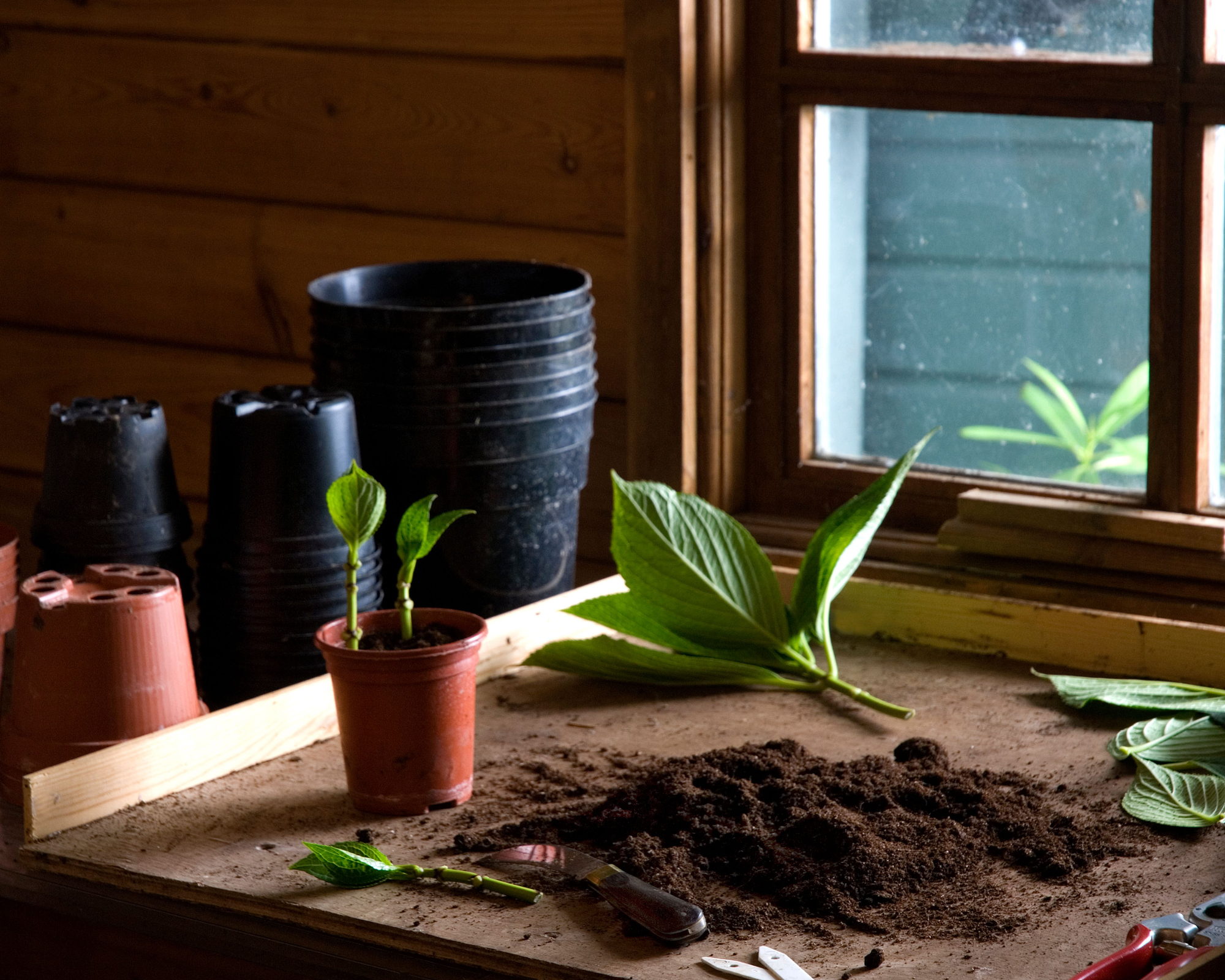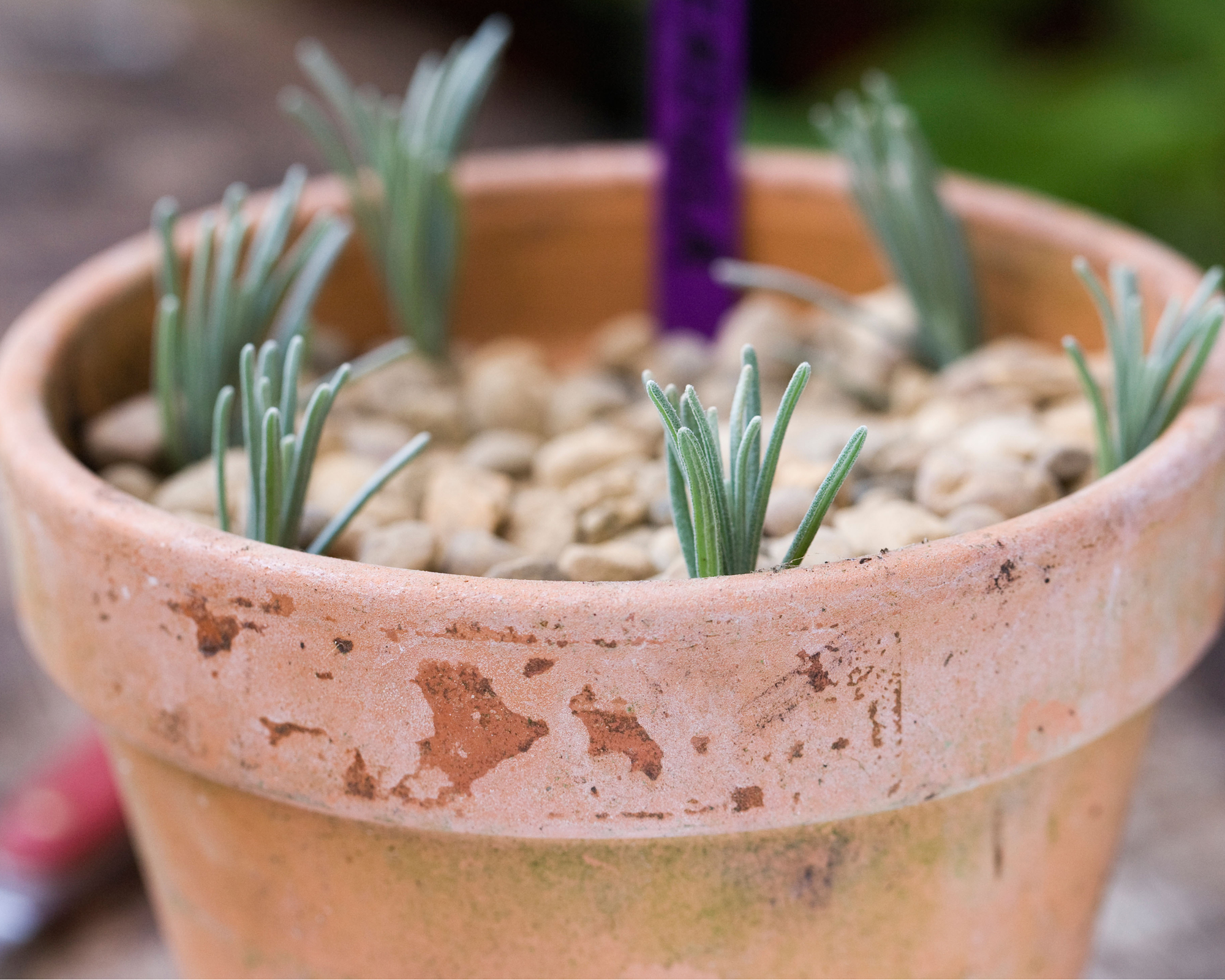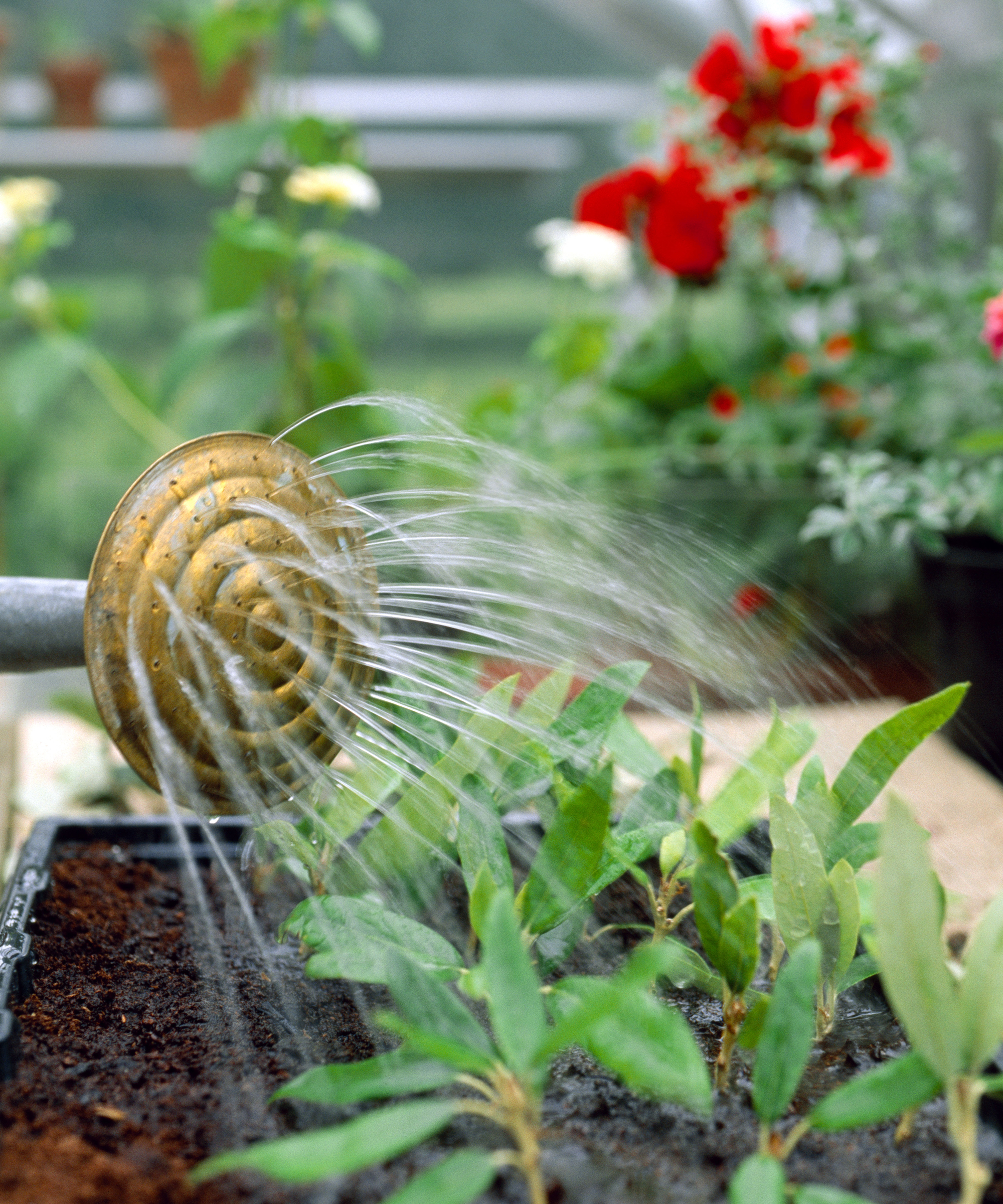Monty Don says now is the time for propagating plants – and reveals his top 5 tips
The gardening guru's top tips for taking cuttings from plants will give you strong new plants in a way that's eco-friendly – and free


September is one of a gardener's most rewarding months, and Monty Don confesses that it's one his 'favorite times' in the garden. There is so much to enjoy – harvesting, tidying – and, as Monty points out, taking cuttings from and propagating plants.
If you are wondering what to plant in September, it may be a good idea to look around your garden before you buy new. From roses to berries, taking cuttings from plants and propagating is an easy, sustainable way to make your planting scheme even richer and denser. In a recent blog post, Monty gives his top tips for taking fall cuttings successfully.
1. Always take cutting from your best existing plant

Cuttings are well worth the effort because they're the perfect opportunity to reproduce exactly your best plants. Monty explains that 'a plant grown from a cutting will always be exactly the same as its parent plant whereas one grown from seed will always be different.'
So, if you have a favorite rose and want more of it, you should learn how to take rose cuttings. Monty confirms that this also goes for fruiting plants – that 'particularly delicious gooseberry' will taste as good if regrown from a cutting of the original plant.
2. Take semi-ripe cuttings to propagate plants in fall

A semi-ripe cutting is 'taken from current season’s wood that has started to harden off a little.' This type of cutting makes much more sense with winter round the corner. Although a semi-ripe cutting (woody at the base, soft at the tip) 'will be slower to make new roots than a soft cutting', it also will be hardier.
In Monty's view, propagating plants like this 'allows for more flexibility and a much reduced sense of urgency about the whole proceedings.'
You won't have to worry so much about temperatures dropping in a conservatory or greenhouse, for example.
Design expertise in your inbox – from inspiring decorating ideas and beautiful celebrity homes to practical gardening advice and shopping round-ups.
3. Take steps to retain moisture in the cuttings

This is crucial when propagating plants if you want the cutting to have the best chance of survival. Monty recommends placing the cutting in a plastic bag as soon as you've made it 'to reduce moisture loss.'
Making sure your secateurs are the sharpest they can be is also important – a fresh, sharp cut will ensure the cuttings 'are more likely to root.'
And the common tip to take cuttings in the morning? Monty's view is that it's true 'in principle', 'but in practice it is something best done as and when you are minded to do it.'
4. Pot them up immediately
This is probably the most crucial step to get right if you are to succeed at propagating plants. Monty explains the sense of urgency: 'the cuttings are effectively dying from the second you cut them until they develop new roots so the quicker you can aid that process to happen the more likely you are to have success.'
So, don't delay and pot them up in soil straight away.
Monty recommends potting up cuttings 'around the edge of a pot and you can always get at least 4 and often more in one container.'
Don't forget to strip off any leaves from the lower part of the stem first. These pots full of cuttings can make a wonderful arrangement as part of your greenhouse ideas.
5. Take good care of cuttings before they root
You've probably guessed it, but making sure cuttings never dry out is the best way to make sure the plants you are propagating survive. Watering little and often and frequent misting of the leaves are Monty's top care tips for cuttings 'before new roots have time to form.' Avoiding a south-facing position in scorching sun is also important.
How will you know that your cuttings have rooted? 'You will know that the roots have formed when you see fresh new growth. At that point the cuttings can be removed from the pot and potted on individually before planting out next spring.'

Anna is a professional writer and academic. She taught English Literature for several years before joining Future where she wrote for Real Homes, Homes & Gardens and Livingetc for four years. She is a regular contributor for Parade Home, BiggerPockets, and many other publications. In her spare time, Anna enjoys hiking and gardening.